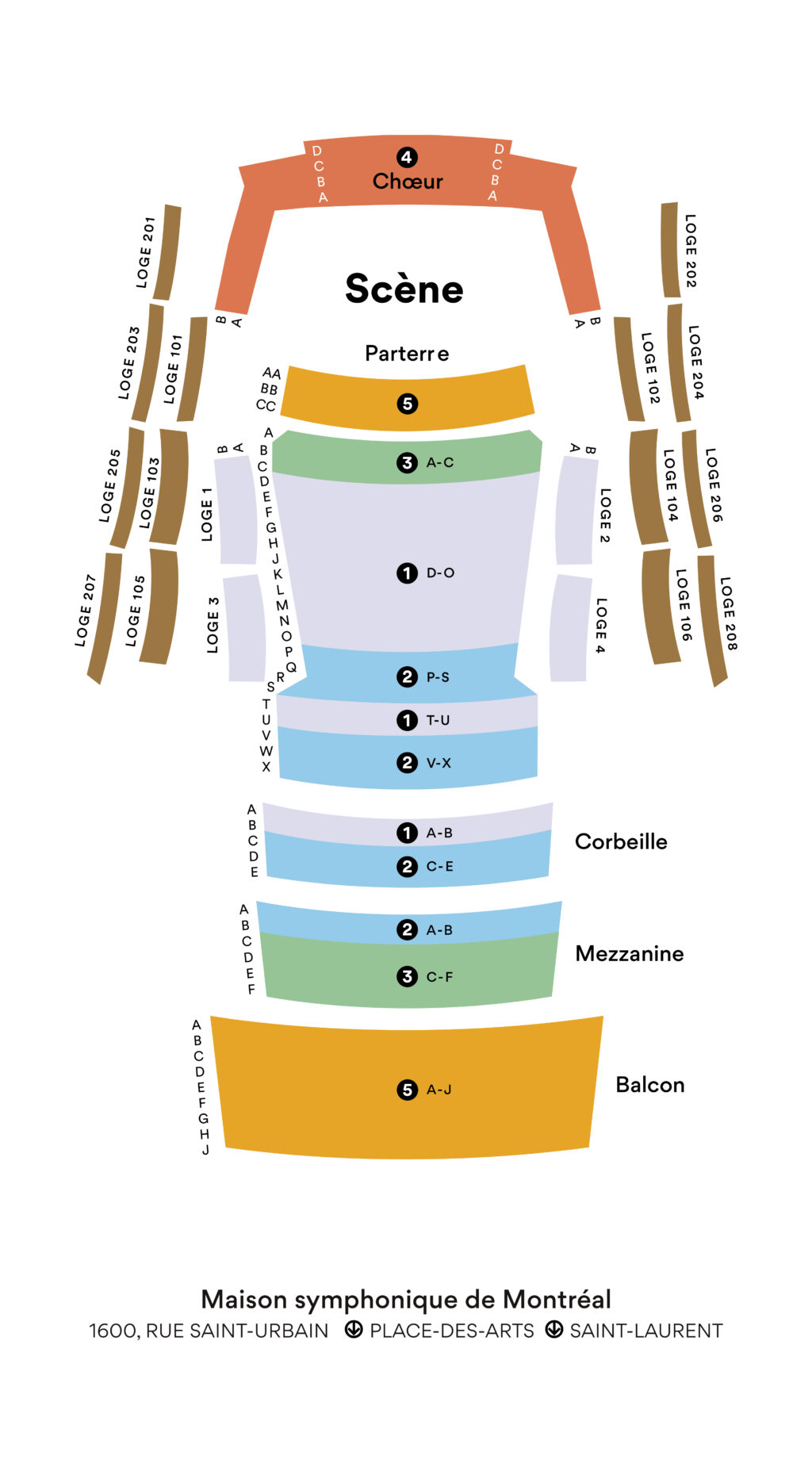Concerto Grosso, Op. 6, No. 4
Arcangelo CORELLI
1653-1713
Born in Fusignano in 1653, Corelli was educated in Bologna and Rome, where he was influenced by the great violinists of his time, including Giovanni Benvenuti and Alessandro Stradella. After travelling and performing across Europe, he settled in Rome, where he was supported by the patronage of wealthy donors such as Cardinal Pamphili and Queen Christina of Sweden. A famous and successful musician (his music was published throughout Europe and reprinted a record number of times), he was also a respected teacher. Corelli died in the Eternal City in 1713, leaving a legacy that influenced many composers, including Pasquini, Scarlatti, Muffat, Händel, Bach and Couperin.
Published posthumously in 1714 in Amsterdam, his twelve Concerto grossi, Op. 6, were composed at an uncertain date, though some were already being performed in the early 1680s.
Written for three soloists, Concerto No. 4 opens with a slow introduction of chords punctuated by silences—setting the scene for improvisation. This is followed by a lively and joyful Allegro, where an imitative fugue creates a virtuosic dialogue between the two violins. A brief Adagio with repeated chords adds a touch of melancholy before the piece concludes with two fast, dance-like movements: the first marked by strong syncopations, and the second a spirited jig.
© François Zeitouni
Translation: Laura Schultz
